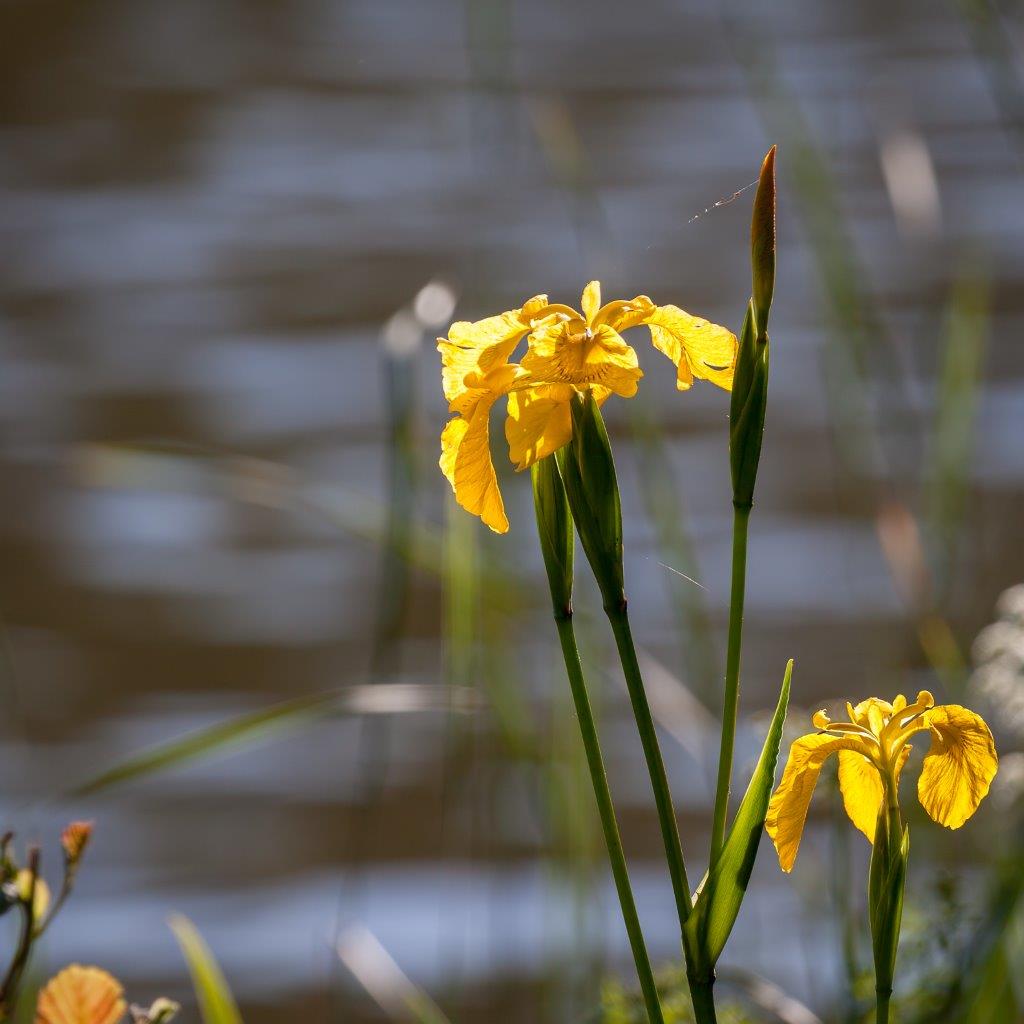Invasive Species Rapid Response Plan
Based on the ongoing threat of Aquatic Invasive Species (AIS) being introduced into Lower Turtle Lake, above current LTL Management District AIS activities, has created a Eurasian Water Milfoil (EWM) Rapid Response Plan. This plan was presented to the LTL Management District at the regular meeting of the District held on April 8, 2017. This plan is intended to serve as a framework to assist in responding thoroughly, professionally and effectively to the many challenges that result from new invasions. Early detection of new invasions is critical to any rapid response and the process outlined in this plan begins once a potentially new invasion has been reported and consists of an action or series of actions taken to quickly contain, and if possible, control newly discovered invaders.
Curly Leaf Pondweed
Lower Turtle Lake does have two invasive species, one plant and one animal.
The plant is known as Curly-Leaf Pondweed and was first verified on 12/31/08. Curly-leaf pondweed is an invasive aquatic perennial that is native to Eurasia, Africa, and Australia. It was accidentally introduced to United States waters in the mid-1880s by hobbyists who used it as an aquarium plant. The leaves are reddish-green, oblong, and about 3 inches long, with distinct wavy edges that are finely toothed. The stem of the plant is flat, reddish-brown and grows from 1 to 3 feet long. The plant usually drops to the lake bottom by early July.
-
 Click to open image!
Click to open image!
Click to open image!
Click to open image!
-
 Click to open image!
Click to open image!
Click to open image!
Click to open image!
-
 Click to open image!
Click to open image!
Click to open image!
Click to open image!
-
 Click to open image!
Click to open image!
Click to open image!
Click to open image!
-
 Click to open image!
Click to open image!
Click to open image!
Click to open image!
http://www.lowerturtlelake.com/index.php/our-lake/invasive-species#sigProId8eb90e654d
Chinese Mystery Snail
The animal is known as the Chinese Mystery Snail and was first verified on 8/21/12. Chinese mystery snails and banded mystery snails are non-native snails that have been found in numerous Wisconsin lakes. There is not a lot yet known about these species, however, it appears that they have a negative effect on native snail populations. The mystery snail's large size and hard operculum (a trap door cover which protects the soft flesh inside), and their thick hard shell make them less edible by predators such as rusty crayfish.
-
 Click to open image!
Click to open image!
Click to open image!
Click to open image!
-
 Click to open image!
Click to open image!
Click to open image!
Click to open image!
-
 Click to open image!
Click to open image!
Click to open image!
Click to open image!
http://www.lowerturtlelake.com/index.php/our-lake/invasive-species#sigProId739313b666
Please remember to follow boating laws when enjoying Wisconsin's lakes to keep invasives out.

Yellow Flag Iris
A newly identified (Fall 2022) invasive plant species known as Yellow Flag Iris was found in the Rice Lake area. It has become a serious problem in areas to the north of us. It dominates the shoreline, pushing natives out and is very difficult to control.. If you have any questions, email me at This email address is being protected from spambots. You need JavaScript enabled to view it. or call 715-537-6246. Tyler Gruetzmacher, Barron County Conservationist.

Garlic Mustard
A newly identified (April 2017) invasive plant species known as Garlic Mustard was found in Barron County. It has been identified on the east side of Prairie Lake, City of Barron, the Old 14 Highway east of Canton, and the east side of Cumberland (click here for a map). Now is the time to look out for it. It will be growing vigorously for the next few weeks and flowering in early May. This will take over a woodlot, displacing all native vegetation. If you have any questions, email me at This email address is being protected from spambots. You need JavaScript enabled to view it. or call 715-537-6246. Tyler Gruetzmacher, Barron County Conservationist.
It has not been identified around Lower Turtle Lake but landowners are encouraged to look for it.
Garlic mustard invades high quality upland and floodplain forests and savannas, as well as disturbed areas, such as yards and roadsides. It is sometimes found in full sun, though most often grows in areas with some shade, and does not do well in acidic soils. Native herbaceous cover has been shown to decline at sites invaded by garlic mustard. Garlic mustard exudes antifungal chemicals into the soil that disrupt associations between mycorrhizal fungi and native plants, suppressing native plant growth.
-
 Click to open image!
Click to open image!
Click to open image!
Click to open image!
-
 Click to open image!
Click to open image!
Click to open image!
Click to open image!
-
 Click to open image!
Click to open image!
Click to open image!
Click to open image!
-
 Click to open image!
Click to open image!
Click to open image!
Click to open image!
http://www.lowerturtlelake.com/index.php/our-lake/invasive-species#sigProId7fe4e9275b
Garlic mustard can be identified by its leaves, which for first year plants have basal leaves that are dark green, heart or kidney-shaped, with scalloped-edges and wrinkled appearance. On second year plants, stem leaves on flowering plants are alternate, triangular, with large teeth, and up to 2-3” across. Leaves and stems smell like garlic when crushed. It can also be identified by its flowers which are small, white, 4-petaled, and abundant. Bloom throughout the spring.

